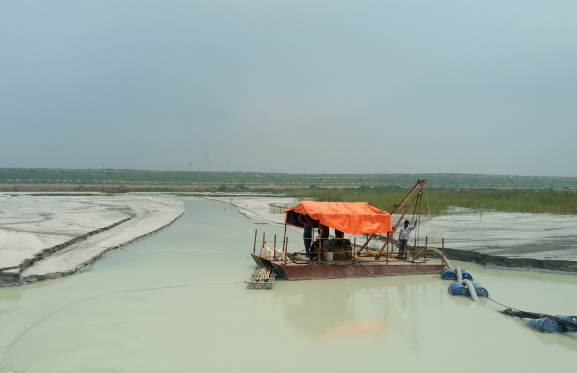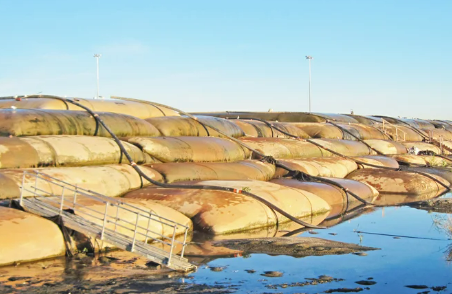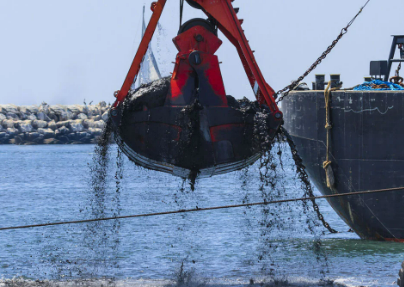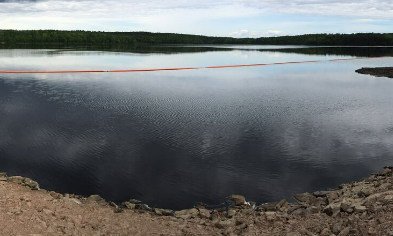
Dewatering is a crucial step in management of dredged sediments, allowing for the separation of water from the sediment to produce solids that can be easily disposed of. Polymer can be commonly used for various dewatering methods eg Geotextile Tubes, Centrifuges machine, Belt Filter Press, Plate and Frame Presses, Screw Press etc.
In another approach, use polymer before settlement ponds, which are used to further facilitate the settling of sediments and solids removed during dredging process. In this case, polymer injection occurs before sediment-laden water enters the settlement pond.
Seismic Retrofitting: Due change in code provision, change in use of structure, construction deficiency or strength reduction of member due to aging / corrosion, structural consultants / clients are looking for enhancing or restoring strength of structural members in buildings, industries, bridges, and other structures.


Polymer helps in management of dredged sediments from port construction or waterways dredging projects when compared to the traditional lagooning process. Key advantages are Homogeneous Dewatered Solids, Reduced Drying Time, Improved Land Efficiency, Cost Effective and have environmental benefits.
In this case, use of polymer can be especially beneficial for the dewatering process. Contaminated sediments often contain harmful substances such as heavy metal, organic pollutants, and other contaminants. Enhancing the dewatering of these sediments using polymer provides some of the advantages eg Cleaner Discharge Water, Reduced volume of solids, Compliance with environmental regulations, Cost savings and environmental stewardship.
